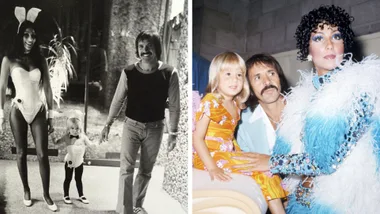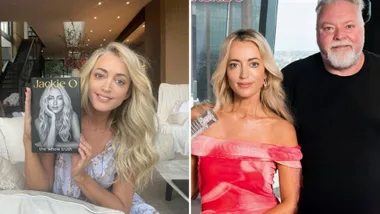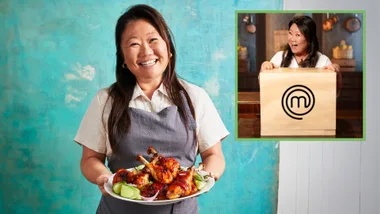A More Perfect Heaven by Dava Sobel, Bloomsbury, $35
She re-invented the non-fiction form with Longitude, her 1995 account of clockmaker John Harrison’s invention of the marine chronometer; here, Dava Sobel gives us the man who revolutionised our understanding of how the universe worked, Polish cleric, doctor and astronomer Nicolaus Copernicus.
His shocking — and in the 15th century, ludicrous — idea was that the Earth revolved around the sun, not the other way round.
Fear of ridicule stopped him publishing his theory for another 30 years and this book, told in the form of a play sandwiched between two more conventional histories, tells the life and imagines the thoughts of Copernicus as he climbed the ladder of the Catholic Church hierarchy during turbulent times.
They knew, citing Psalm 104, that “the Lord God laid the foundation of the Earth, that it not be moved forever. Forever”. They were wrong.
It meant the end of the beautiful theory of fixed celestial spheres but the beginning of true cosmology, and makes for a fascinating read.



















